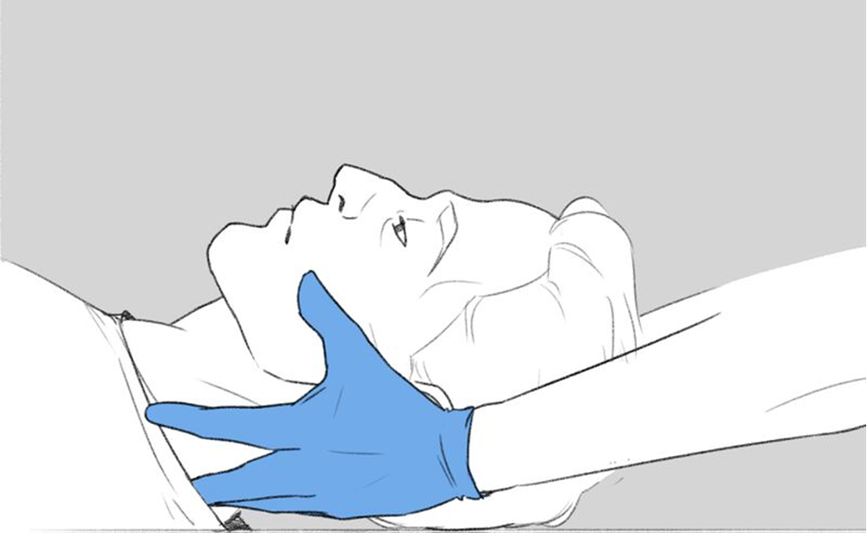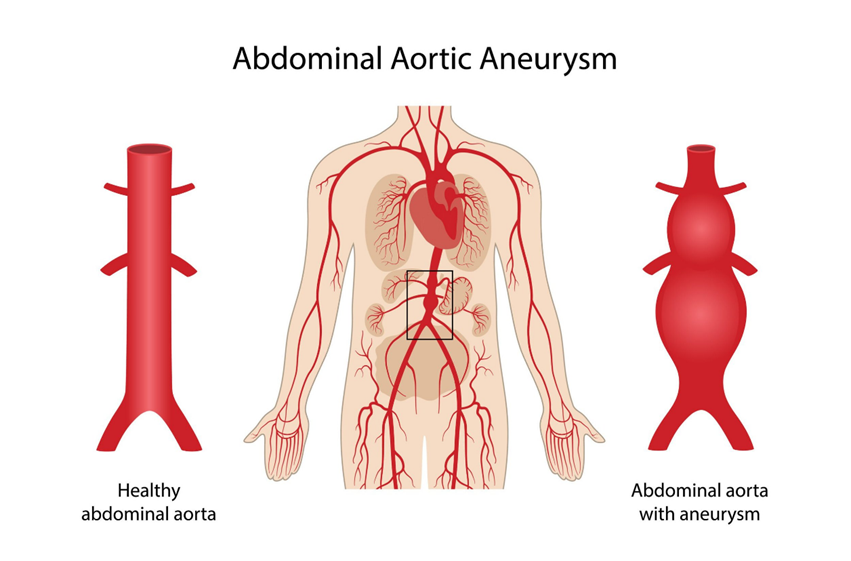A nurse is caring for a client who was brought to the emergency department (ED) by EMS after diving into a lake and losing consciousness. The client was intubated in the field by the paramedics. A CT of the head and neck revealed a spinal cord injury at the level of C3-4. What is the priority nursing action?
Maintain the cervical collar in place.
Ask the client if they remember any events around the time of the injury.
Explain to the client that they will never be able to walk again.
Notify the client's parents that they are in the ED.
The Correct Answer is A
Choice A Reason:
Maintaining the cervical collar in place is crucial for a client with a spinal cord injury at the level of C3-4. This action prevents further damage to the spinal cord by immobilizing the neck and maintaining proper alignment. Any movement could exacerbate the injury, potentially leading to more severe neurological deficits or even paralysis.
Choice B Reason:
Asking the client if they remember any events around the time of the injury is not the priority in this situation. While obtaining a history is important, it should not take precedence over stabilizing the spinal cord to prevent further injury. The primary focus should be on ensuring the client's safety and preventing additional harm.
Choice C Reason:
Explaining to the client that they will never be able to walk again is inappropriate and premature. The prognosis for spinal cord injuries can vary widely, and it is essential to provide accurate information based on a thorough assessment and consultation with specialists. Additionally, delivering such news requires sensitivity and should be done in a supportive manner.
Choice D Reason:
Notifying the client's parents that they are in the ED is important for family communication and support. However, it is not the immediate priority. The primary focus should be on stabilizing the client's condition and preventing further injury. Once the client is stabilized, the nurse can then inform the family.

Nursing Test Bank
Naxlex Comprehensive Predictor Exams
Related Questions
Correct Answer is B
Explanation
Choice A Reason:
Core temperature is important to monitor in many clinical situations, but it is not the primary concern for a client with an abdominal aortic aneurysm. While fever can indicate infection, which is a potential complication, it is not directly related to the immediate risks associated with AAA.
Choice B Reason:
Blood pressure is the most critical vital sign to monitor in a client with an abdominal aortic aneurysm. Elevated blood pressure can increase the risk of aneurysm rupture, which is a life-threatening emergency. Maintaining blood pressure within a safe range is essential to prevent complications and ensure the stability of the aneurysm.
Choice C Reason:
Pulse rate is also important to monitor, but it is not as directly indicative of the risk of aneurysm rupture as blood pressure. While changes in pulse rate can signal cardiovascular stress or other issues, blood pressure provides more direct information about the forces acting on the aneurysm.
Choice D Reason:
Respiratory rate is a vital sign that can indicate respiratory distress or other systemic issues, but it is not the primary concern in the context of an abdominal aortic aneurysm. Blood pressure remains the most critical parameter to monitor to prevent rupture and manage the condition effectively.

Correct Answer is D
Explanation
Choice A Reason:
Monitoring the client's respiratory status and oxygen saturation is important but not the primary purpose of a hemodynamic monitoring system. Hemodynamic monitoring focuses on the cardiovascular system, including parameters like cardiac output, stroke volume, and systemic vascular resistance.
Choice B Reason:
Evaluating the client's renal function and electrolyte balance is crucial in overall patient care but is not the main focus of hemodynamic monitoring. Hemodynamic monitoring systems are designed to assess cardiovascular function rather than renal function.
Choice C Reason:
Monitoring the client's neurological status and intracranial pressure is essential in certain clinical situations, such as traumatic brain injury. However, this is not the primary purpose of hemodynamic monitoring, which is centered on cardiovascular assessment.
Choice D Reason:
The primary purpose of a hemodynamic monitoring system is to measure and assess the client's cardiovascular status and function. This includes monitoring parameters such as blood pressure, cardiac output, and tissue perfusion to ensure adequate organ perfusion and guide treatment decisions.
Whether you are a student looking to ace your exams or a practicing nurse seeking to enhance your expertise , our nursing education contents will empower you with the confidence and competence to make a difference in the lives of patients and become a respected leader in the healthcare field.
Visit Naxlex, invest in your future and unlock endless possibilities with our unparalleled nursing education contents today
Report Wrong Answer on the Current Question
Do you disagree with the answer? If yes, what is your expected answer? Explain.
Kindly be descriptive with the issue you are facing.
